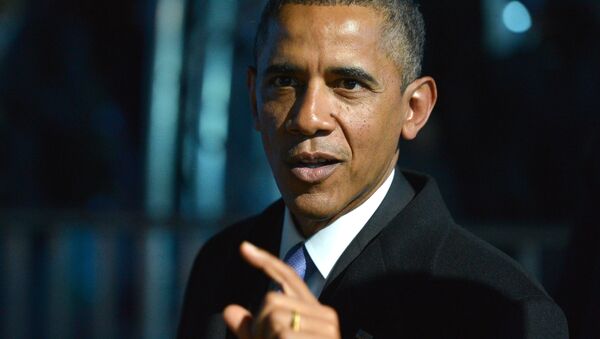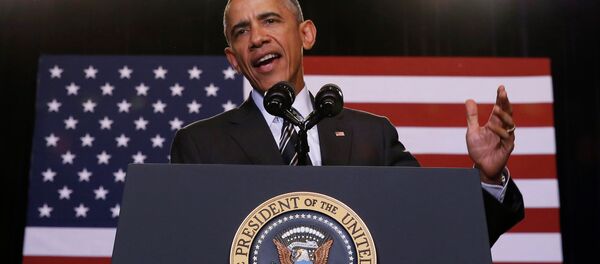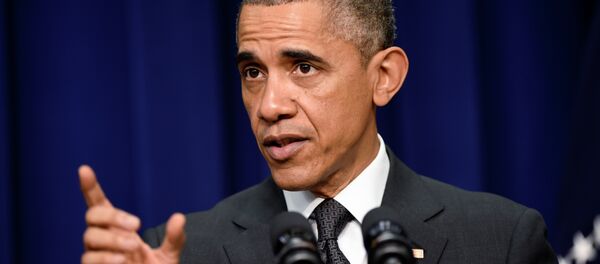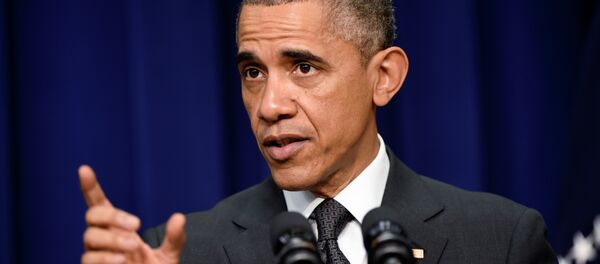In his annual State of the Union Address to a joint session of the United States Congress, the President of the United States discusses a wide range of issues. The presidential address ranks among the most prominent events of US political life.
At first, this speech was called the Annual Message. Its name was changed to the State of the Union Address in 1935.
Article 2 of Section 3 (State of the Union, Convening Congress) of the Constitution of the United States reads as follows: "He [The President of the United States] shall from time to time give to the Congress Information of the State of the Union, and recommend to their Consideration such Measures as he shall judge necessary and expedient." The speech owes its name to the Original Thirteen Colonies that formed a union and later evolved into a new nation, the United States of America.
On January 8, 1790, George Washington, the first President of the United States, delivered the first traditional Annual Message to Congress, in accordance with the Constitution of the United States.
President John Adams, the second President of the United States, also preferred to make a verbal speech. But Thomas Jefferson, the third President of the United States, decided to submit his address to Congress in writing, and a Congress official read out the speech.
In 1913, Thomas Woodrow Wilson, the 28th President of the United States, broke with the tradition of submitting written speeches, and delivered a verbal address to Congress. But he delivered only six out of eight annual addresses.
In 1934, President Franklin Delano Roosevelt started the modern tradition of delivering State of the Union addresses to joint sessions of the United States Congress. He became the first US leader to use the term "State of the Union Address."
In the years that followed, US Presidents repeatedly broke with this tradition. In 1946 and 1953, President Harry S. Truman submitted his State of the Union addresses in writing. President Dwight David Eisenhower submitted a written address in 1961, followed by President James Earl "Jimmy" Carter in 1981. In 1972, President Richard Milhous Nixon submitted both verbal and written addresses. And President Carter followed suit in 1978, 1979 and 1980.
In 1947, President Harry S. Truman became the first US leader to allow TV networks to broadcast his speech live. In 2002, the speech of President George W. Bush was broadcast online from a White House website for the first time.
The presidential address is a key event for the US media, with all leading TV networks and radio stations broadcasting the entire speech live. Special analytical programs and shows focus on the presidential address before and after the event.
Every detail of the extremely symbolic State of the Union Address procedure has been accounted for. All factors count, including the duration of the speech, its form and the amount and frequency of applause. A strict protocol for the President's entry into the House chamber, where members of the Congress have gathered, is stipulated. Foreign diplomats present in the hall symbolize the international significance of this speech. High-ranking generals, members of the Joint Chiefs of Staff, don their dress uniforms, and US Supreme Court Justices wear gowns. The guests of honor sit near the First Lady.
As usual, one cabinet member (the designated survivor) is absent, in order to provide continuity in the line of succession in the event a catastrophe disables the President, the Vice President, and other succeeding officers gathered in the House chamber. As of September 11, 2001, several Congress members do not attend the event, for the same reasons.
According to US political tradition, the President does not have the right to enter the House chamber without a formal invitation from members of the Congress. As the President reaches the door to the chamber, the House Sergeant at Arms announces his presence, loudly proclaiming: "Mister [or Madam] Speaker, the President of the United States!" The President then enters the chamber and is given a traditional standing ovation, and it usually takes him a long time to reach the rostrum because he is supposed to smile, shake hands and hug members of the Congress and Senate.
The speech seldom lasts more than an hour. The language of State of the Union Addresses is becoming simpler all the time, so that even uneducated audiences are able to understand the main points easily.
The Presidents slowly recite their addresses, almost chanting, for easier comprehension. US researchers estimated that, over the past 25 years, the heads of state have been reading their speeches at a rate of 115-175 words per minute, and that they have been slowing down appreciably.
The first Annual Message, delivered by President George Washington, was also the briefest, containing only 833 words. President William Jefferson "Bill" Clinton delivered the longest ever speech in 2000 for almost 90 minutes. In 1980, President Carter submitted the longest written State of the Union Address, with 33,667 words.
Since 1966, the speech has been followed on television by a response or rebuttal by a member of the major political party opposing the President's party. This tradition emerged under President Johnson, and the speech is usually taped at a TV studio.
The only time the State of the Union Address had to be put off was in January 1986 when President Ronald Wilson Reagan wanted to mention Sharon Christa Corrigan McAuliffe, a primary school teacher from Concord, New Hampshire, scheduled to take off into space, as an example of America's bright future. But his speech had to be promptly rewritten after US Space Shuttle Challenger exploded during liftoff, killing seven crew members, including McAuliffe.









